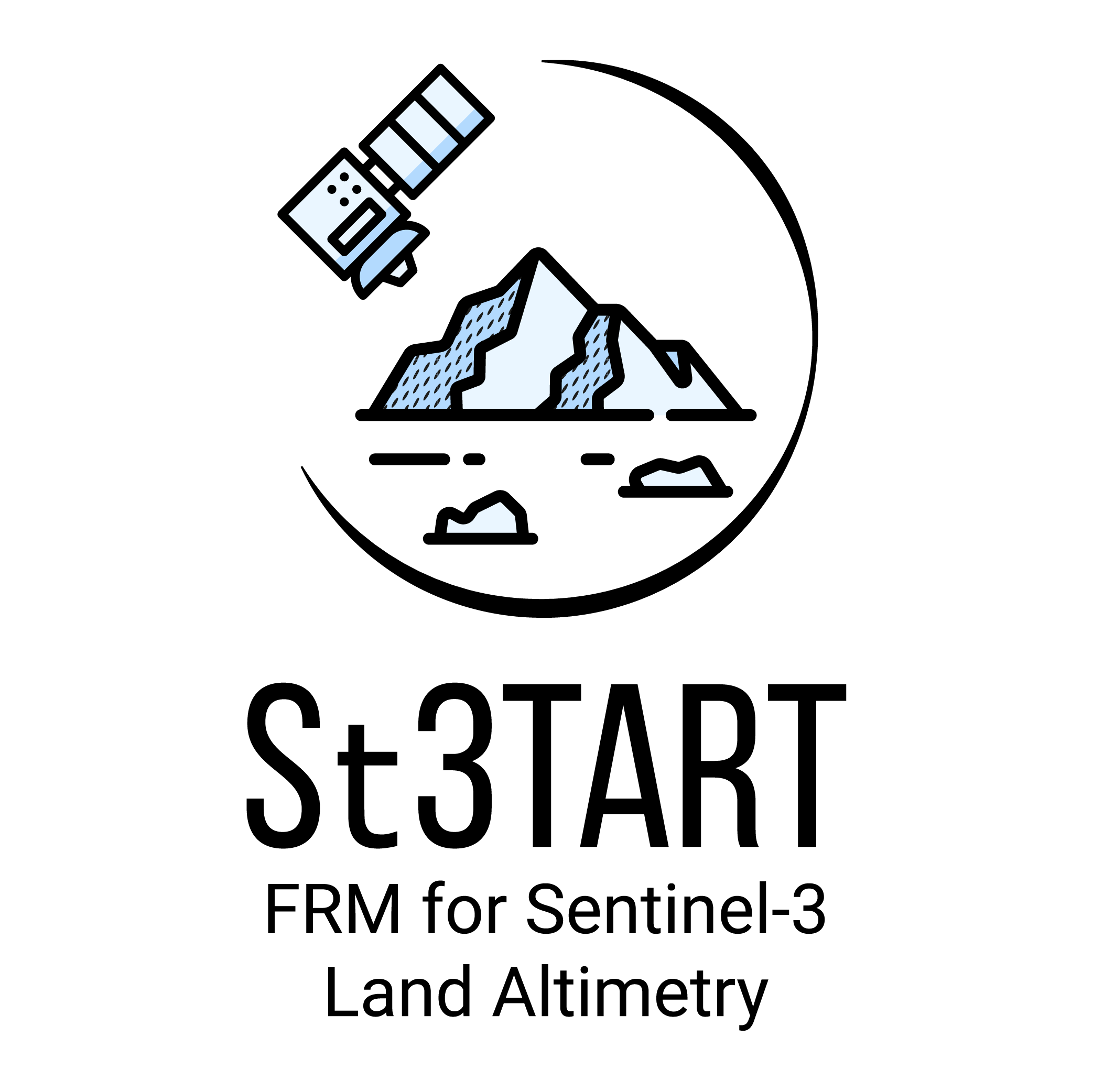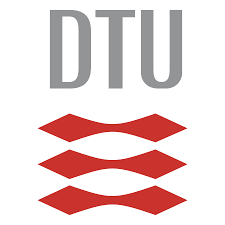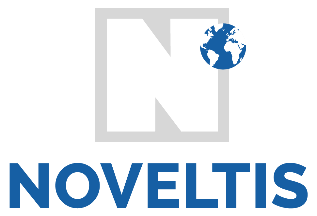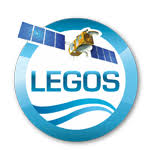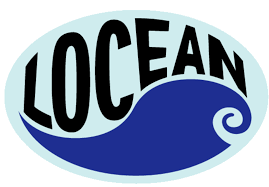
Sentinel-3 FRM for Sea ice
The main objectives of sea ice observation with satellite altimetry are to reconstruct the topography of the sea ice and its evolution, particularly under the impact of climate change, at basin scale.
Satellite altimetry products provide two essential parameters:
- The Surface Type Classification over Sea Ice (leads/floes);
- The Radar Sea Ice Freeboard.
The surface type classification is essentially used to calculate the freeboard by difference in altimeter heights between leads and floes, but it also allows to characterize the fracturing ratio of the sea ice. The freeboard is the main proxy of the sea ice thickness and allows reconstituting the thickness of the sea ice.
This conversion can only be achieved after two successive steps: the conversion of the radar freeboard measured by the altimeter into an ice freeboard, and then the conversion of the ice freeboard into an ice thickness thanks to the hydrostatic equilibrium equation of the ice in the water. The first conversion depends on the snow depth and the speed of propagation of the radar wave in snow (assuming that the radar wave passes through the snow). The second conversion, from ice freeboard to thickness, requires knowledge of snow depth and of densities of water, ice and snow.
In the St3TART-FO project, the Sea Ice team will establish a network of FRM opportunity sites to validate Sentinel-3 measurements. This will involve dedicated campaigns using a combination of techniques previously tested in St3TART.
The campaign approach includes:
- AWI IceBird airborne campaigns in Beaufort Sea and Svalbard/Fram Strait with dedicated S3 underflights measuring coincident total thickness, total freeboard, and snow depths;
- Addition of an Ice Profiling Sonar (IPS) on the existing mooring in Storfjorden, Svalbard;
- Integration of vorteX-io lidar on NORCE drone with snow radar, to make this a valid S3 FRM, including 2 dedicated campaigns in Svalbard with the integrated drone;
- Deployment of 2 ICE-T buoys with snow radars at the North Pole to measure the sea ice thickness and snow depths. The buoys will eventually be drifting with the sea ice through the Fram Strait in the region where the NPI moorings measure the sea ice draft.
These activities, combined with Announcement of Opportunity (AO) and third-party efforts, will form an operational validation network for Sentinel-3 FRM provision in terms of seasonal coverage and regional coverage over different sea ice types.






